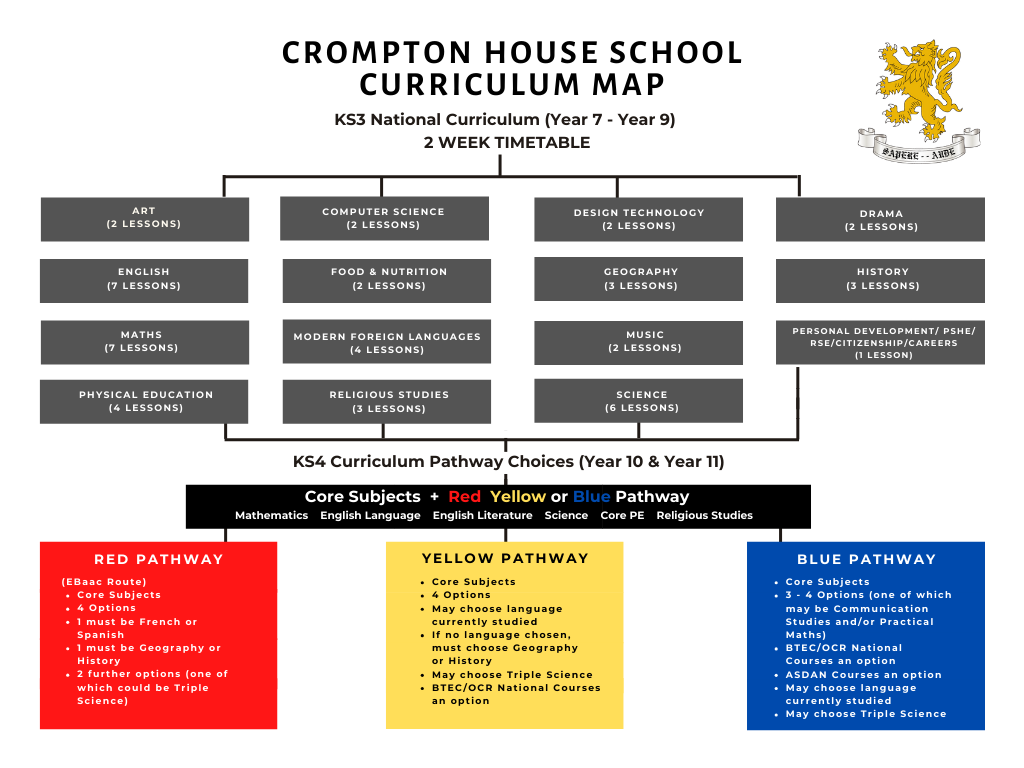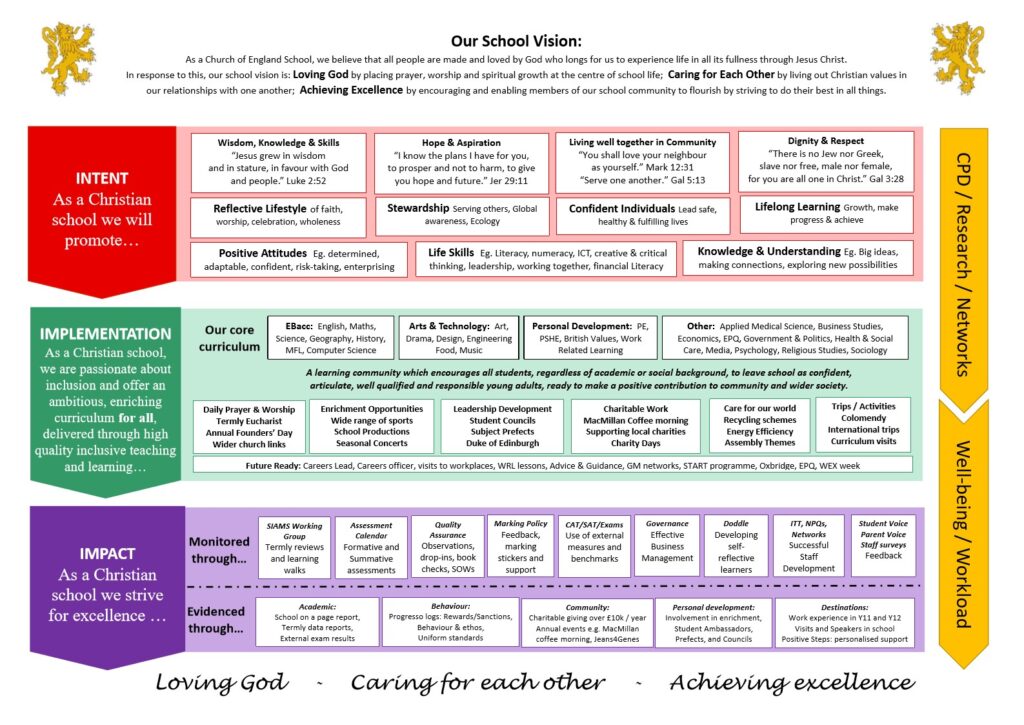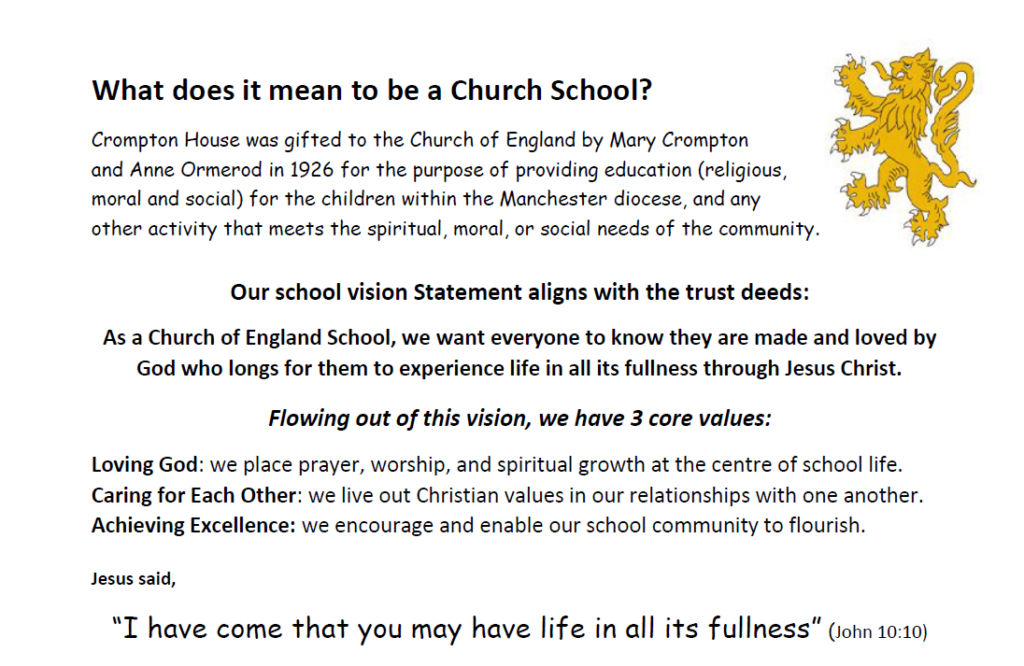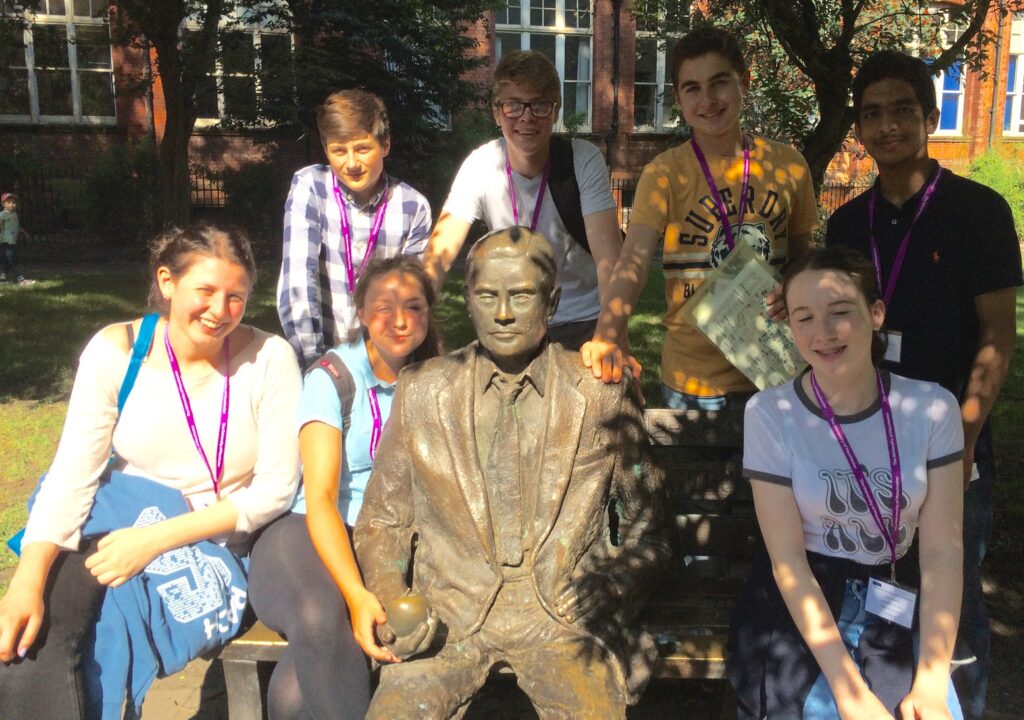At the start of the summer holiday three students, Stephen Oldfield, Rachel Milligan and Josh Carr (Yr 10) went on a materials science course at the University of Manchester.
Rachel has written about the first two days and Stephen about days three and four.
The picture is of their group with Alan Turing, outside the University of Manchester.
Rachel writes:
At 10 am on the morning of Monday 18th July, approximately 30 students sat gathered in a room above reception in the Dalton Ellis halls of residence at Manchester University.
After a quick introduction and ice breaker we set off on a so-called “short walk” but was in fact a 30 minute hike to the MSS building. Arriving slightly breathless from a combination of exhaustion and anticipation, we proceeded to enjoy a series of lectures about the all encompassing subject “material science”.
The first (and in my opinion, by far the best) lecture was about polymers, and glass transition points (the temperature at which a rubber material starts behaving like glass).
The lecturer poured liquid nitrogen into a bowl, and accompanied with a pair of tongs, submerged a rubber duck beneath the liquid. Upon removal, he deftly smashed the duck with a single stroke of a hammer, scattering shards of once-rubber-duck everywhere.
Quickly we ate lunch, then listened to talks about “nanoexplorers”; basically looking at things that are incredibly small with an electron microscope and constructing a virtual image with them (the width of a hair is 50 nanometres, and this has a resolution of 0.1 nanometres!!)and Manchester University’s 2004 discovery- graphene. This is a single layer of graphite, but possesses quite different qualities to graphite- for one it is much stronger. I can assure you, that by the end of the course the word “graphene” was as familiar to our ears as “the” or “a”.
Finally, we had our first challenge of the course- to build a straw tower capable of holding an egg, with 30 straws and a roll of masking tape.
We were put into groups of 4/5 people with a mixture of boys and girls in each. After quickly sketching a design we all agreed upon, we proceeded to construct our tower, which, needless to say, was the most attractive of the lot.
Then came the testing.
Although our construction survived the required 10 seconds with ease, it was only 96 cm, whereas the winning team managed a slightly precarious 100 cm.
From this point onwards our group name was 4 cm- nothing like petty bitterness for team motivation.
Thankfully we got the bus back to Dalton Ellis and were soon rewarded by a wholesome dinner followed by a quiz- 4cm were reunited once more. Unfortunately our knowledge of Will Smith films was lacking, although I can distinctly recall the shock on some of the lads’ faces in our group when I burst out that Griezmann was the top goal scorer of the 2016 Euros.
Absolutely shattered, we headed back to our en suite rooms for a night of well needed sleep.
Stuffed full of English breakfast, approximately 30-40 students made their way on the bus up to North campus, and the Alan Turing building. Here we received a talk about Oilfields- how they’re constructed, how they work and how to prevent spills- pretty much the life of the average chemical engineer. Then we learnt about Tomography- which is similar to X-Raying but is more accurate and also constructs a digital image which can be dissected. Interestingly, this is what they use in some airports to “look inside your bag” without even opening the zip!!
Clad in long sleeved tops and jeans (this was on the hottest day of the year so far, where temperatures reached high 20’s!) we got the coach to Liverpool, to the Jaguar Land Rover factory, where we were about to embark on a tour (hence the covering clothing). The tour lasted about 3 hours, and we saw how both Jaguars and Land Rovers were constructed from a sheet of metal to the finished product. My favourite part was watching the robots (they looked rather like the pieces of machinery which control simulation rides at theme parks), which took sheets of metal that had been embossed and shaped, and then rotating it to join with another piece.
After a long coach ride and then dinner, we enjoyed some sports on the field and tennis pitch- Miss B would have been proud of our rounders ability!
Finally we fell into our beds again.
Stephen continues the story:
Wednesday 20th July
At 07:45 we registered with our flat ambassadors before tucking into a scrumptious breakfast to energise us for the long but fun day ahead. After breakfast, we travelled to campus by bus, which interestingly is free for university students to travel between campuses!
At 09:00 we began our first challenge of the day: The Beam Challenge. The aim of the challenge was to create the beam with the highest specific stiffness; it therefore had to be as strong as possible but also as light as possible. For this activity we were given five materials to work with to construct the beam: plywood, plastic, aluminium, steel and polystyrene. To be the most successful team, we had to use the knowledge we had already gained surrounding materials science and apply it to the activity – a bit of a test really!
Once we had made our beams, it was time to test them. We used a machine to crush the beams, which measured the force exerted by the beam on the machine. The greater the force exerted by the beam, the greater the stiffness of the beam (as it could withstand a larger force). Unfortunately, after dividing the force exerted by the mass of the beam our team were in last place, however – more to the point – we knew what we would do in future to improve the beam. I think we would need another go at the beam challenge before either of us decided to become civil engineers!
After lunch (which was Domino’s Pizza – yummy), it was time to learn about biomaterials. What I loved most about the course was that it was so varied; we were able to use our understanding of IGCSE biology to learn some of the biological applications. It was interesting to explore materials which were compatible with the human body. For example, ceramic is used in dentistry (whether it is for fillings, veneers or crowns) as it is insoluble, hard, but also light. We later explored tissue engineering by understanding how stem cells can be grown on scaffolds to both provide nutrients for tissue growth and also structure. Isn’t it amazing that scaffolds can be used to grow bladders and pancreases from just a few cells?
Our final scientific activity of the day was the Bone Repair Challenge. It was time to find out who the best surgeons were when repairing a bone which had snapped in two. Don’t worry – they weren’t human bones – only from the local pet shop! In order to construct the strongest bone, we were given: superglue, epoxy and wooden lolly pop sticks. We had twenty minutes to carry out the practical. The determination of each group to win the activity left a sense of excitement but apprehension once the time was up. It was now time to test the strength of each bone by hanging a bucket of weights from a cable tie, which was attached to each bone. Regrettably, team D (including Rachel and myself) were just one point off taking the lead but were able to walk out with our heads held high with a respectable second place.
On the way back to the halls of residence, a group of us took a tour around some of the other campuses. It was particularly fascinating to see one of Isaac Newton’s apple trees (a scion) from which he discovered laws of gravity (an apple fell from a tree onto his head). We also posed with a statue of Alan Turing, a scientist who is highly regarded for the development of one of the earliest computers at Manchester University.
Our evening activities commenced with a delicious three course meal; it was actually very much a dressed down prom! This was a fitting opportunity to spend time and socialise with the friends we had made on our visit to the university. Fortunately, the meal didn’t conclude the evening’s activities as we then headed off to enjoy a disco, giving us the opportunity to celebrate what a great time we’d had over the last few days. At 22:45 we headed off to our rooms for a well-deserved rest.
Thursday 21st July
After a punctual start and a final big breakfast we set off to go to the campus (with our luggage) one last time. Unfortunately I had to leave slightly early, however managed to find time to enjoy a lecture on university life. We learnt about the experiences students have at the university, as well as what the university offers. The abundance of societies amazed me the most, from pirate societies to Yorkshire tea drinking societies; there is something for everyone!
At 10:00 it was time for me to leave. Although I was sorry to be saying goodbye to the university and such great people, I was very much looking forward to sharing my amazing experience with everyone back home.
Thank you to the Materials Science team at Manchester University for providing us with such a stimulating residential trip and for giving us an insight into life as a materials scientist at the university.
Thank you also to Mr Gibson for recommending the trip; we couldn’t have had a better time!






